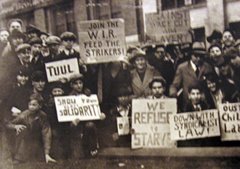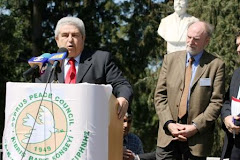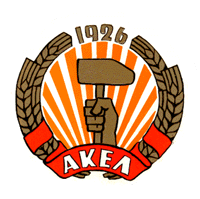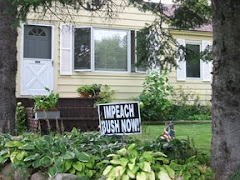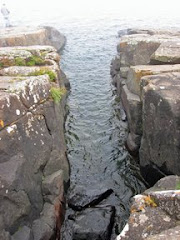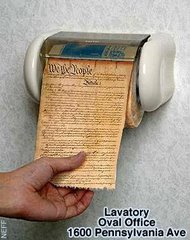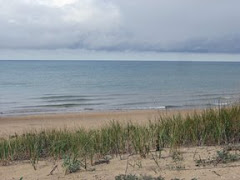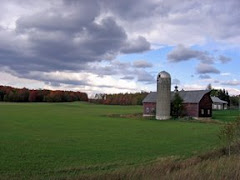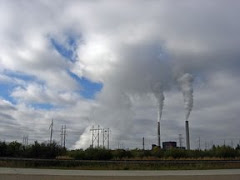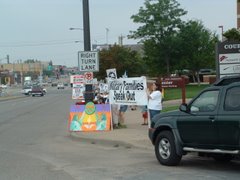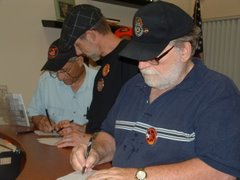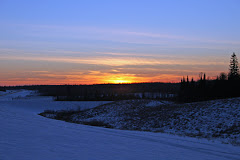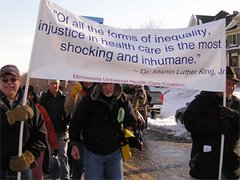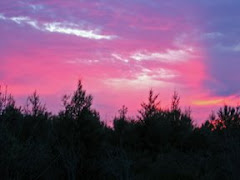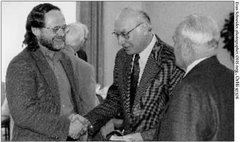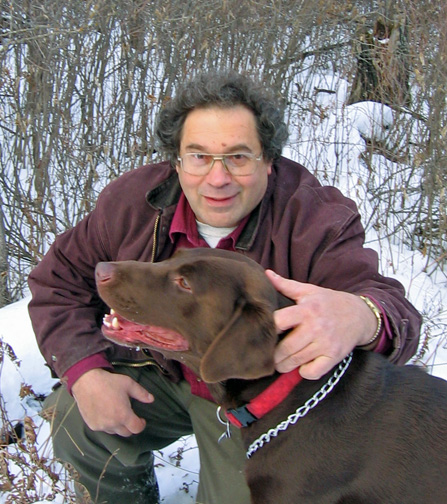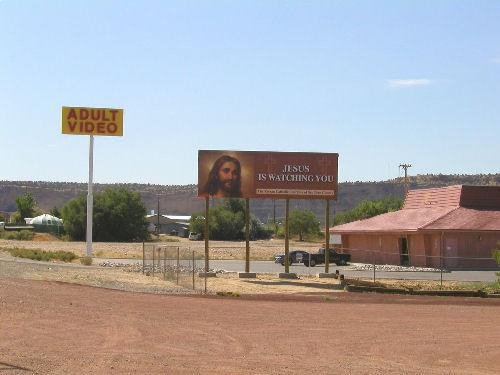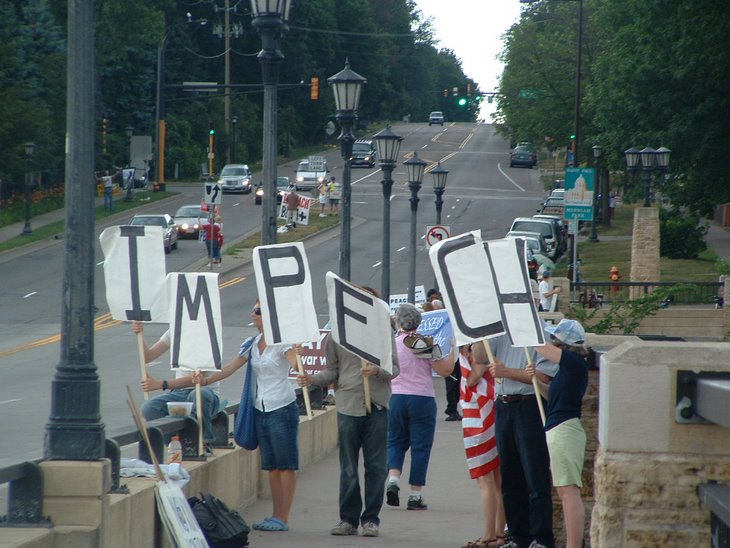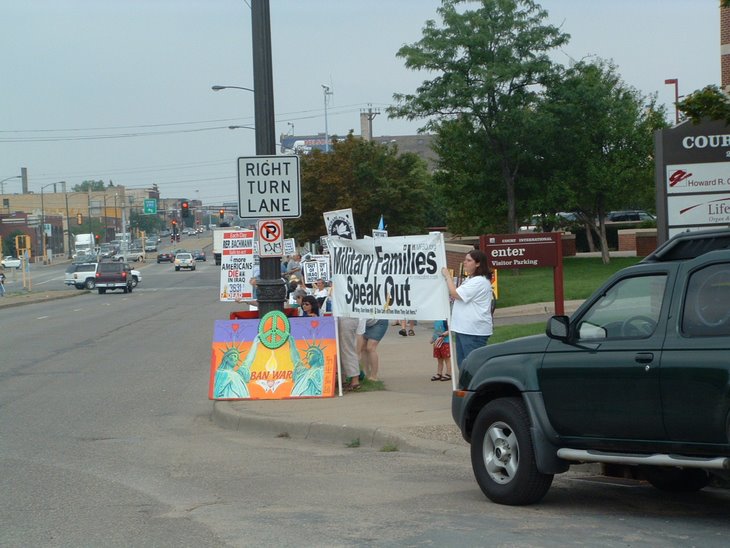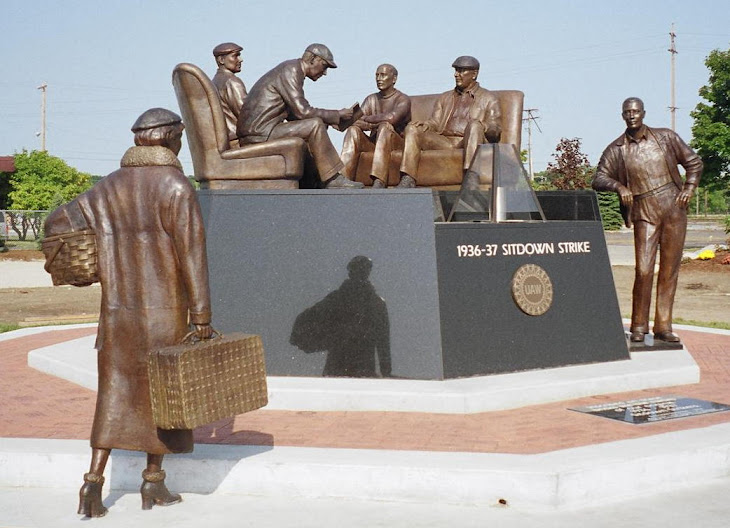Desperate Puerto Ricans are drinking water from a hazardous-waste site
By John D. Sutter, CNN
Updated 1:05 AM ET, Sat October 14, 2017
Dorado, Puerto Rico (CNN)Jose
Luis Rodriguez waited in line Friday to fill plastic jugs in the back
of his pickup truck with water for drinking, doing the dishes and
bathing.
But there is
something about this water Rodriguez didn't know: It was being pumped
to him by water authorities from a federally designated hazardous-waste
site, CNN learned after reviewing Superfund documents and interviewing
federal and local officials.
Rodriguez, 66, is so desperate for water that this news didn't startle him.
"I don't have a choice," he said. "This is the only option I have."
More than three weeks after Hurricane Maria ravaged this island, more than 35% of the island's residents -- American citizens -- remain without safe drinking water.
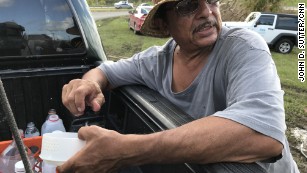
EPA 'gathering more information'
'I've never seen this before'
It's clear some residents are turning to potentially risky sources to get by.

Jose Luis Rodriguez
Friday
afternoon, CNN watched workers from the Puerto Rican water utility,
Autoridad de Acueductos y Alcantarillados, or AAA, distribute water from
a well at the Dorado Groundwater Contamination Site, which was listed
in 2016 as part of the federal Superfund program for hazardous waste
cleanup.
Residents like Rodriguez
filled small bottles from a hose and piled them in their vehicles. Large
trucks with cylindrical tanks on their backs carried the water to
people elsewhere. Some of the trucks carried the name of the
municipality of Dorado. Others simply were labeled with the words "Agua
Potable," Spanish for potable water.
In
announcing the addition of the Dorado site to the Superfund program,
the US Environmental Protection Agency says the area was polluted with
industrial chemicals, including tetrachloroethylene and
trichloroethylene, which "can have serious health impacts including
damage to the liver and increasing the risk of cancer," according to the
EPA.
EPA 'gathering more information'
It's unclear whether there are public health risks from this particular well, however.
The EPA said it plans to do testing in the area over the weekend.
"The
EPA is gathering more information about the quality of water from the
wells associated with our Dorado groundwater contamination site, as well
as other Superfund sites in Puerto Rico," the agency said in a
statement issued to CNN on Friday. "While some of these wells are
sometimes used to provide drinking water, the EPA is concerned that
people could be drinking water that may be contaminated, depending on
the well. We are mindful of the paramount job of protecting people's
health, balanced with people's basic need for water."
Regional EPA spokesman Elias Rodriguez confirmed the location is part of a Superfund site.
Autoridad
de Acueductos y Alcantarillados, the water authority, was unaware that
this well site was part of the Superfund program until CNN provided maps
showing that this was the case, according to Luis Melendez,
sub-director for environmental compliance at the utility.
Melendez
maintained the water is fit for public consumption. The well was opened
on an emergency basis and is not part of the regular drinking water
supply, he said.
In 2015, this
well in Dorado, which is located near a shopping center, was found by
the EPA to be safely within federal standards for PCE and chloroform,
two industrial chemicals.
'I've never seen this before'
Martyn
Smith, a professor of toxicology at the University of California,
Berkeley, told CNN the levels of PCE and chloroform would be essentially
safe for human consumption. "I wouldn't have any problem in drinking
this water if these were the only chemicals in it," he said. The problem
with Superfund sites, he said, is that you don't know what else is
present.
"I've never seen this
before," he said, referring to the idea a Superfund site would be used
as a source of public drinking water. Boiling the water, he said, would
reduce possible contamination. And it's somewhat understandable, Smith
added, that people in Puerto Rico would turn to possibly questionable
drinking water sources given the scope of the crisis.
Still,
a Superfund site -- a location with known health risks -- is just about
the last place a person would want to turn to find drinking water, even
in a crisis, said Erik Olson, head of the health program at the Natural
Resources Defense Council, an environmental advocacy group.
"There
are thousands of chemicals out there that could be in a Superfund site
and only a relative handful are covered by standards," he said. "What I
would be worried about is stuff that isn't showing up on EPA's drinking
water standards. It just sounds really risky to me to be serving water
out of a Superfund well."
People
waiting in line for water on Friday were largely unaware of these
concerns. Some of them had heard the EPA announced this week that it had
received reports that Puerto Ricans were getting water from Superfund
sites. But those interviewed assumed that wasn't this well.
Mayra Perez, a 59-year-old retiree, expressed pride in the quality of the water.
"I'm sure there are no chemicals in this water," she said.
Aixa
Chevere, a mother of two, said she would find a new source of water if
this site was shown to be contaminated. Already, the family spends three
to four hours per day waiting in lines for basic services and goods,
including water. "We would boil the water or search for bottled water"
if it were dangerous, she said. "We would find some other alternative."
That day, however, she loaded the water into her trunk of her car.





































